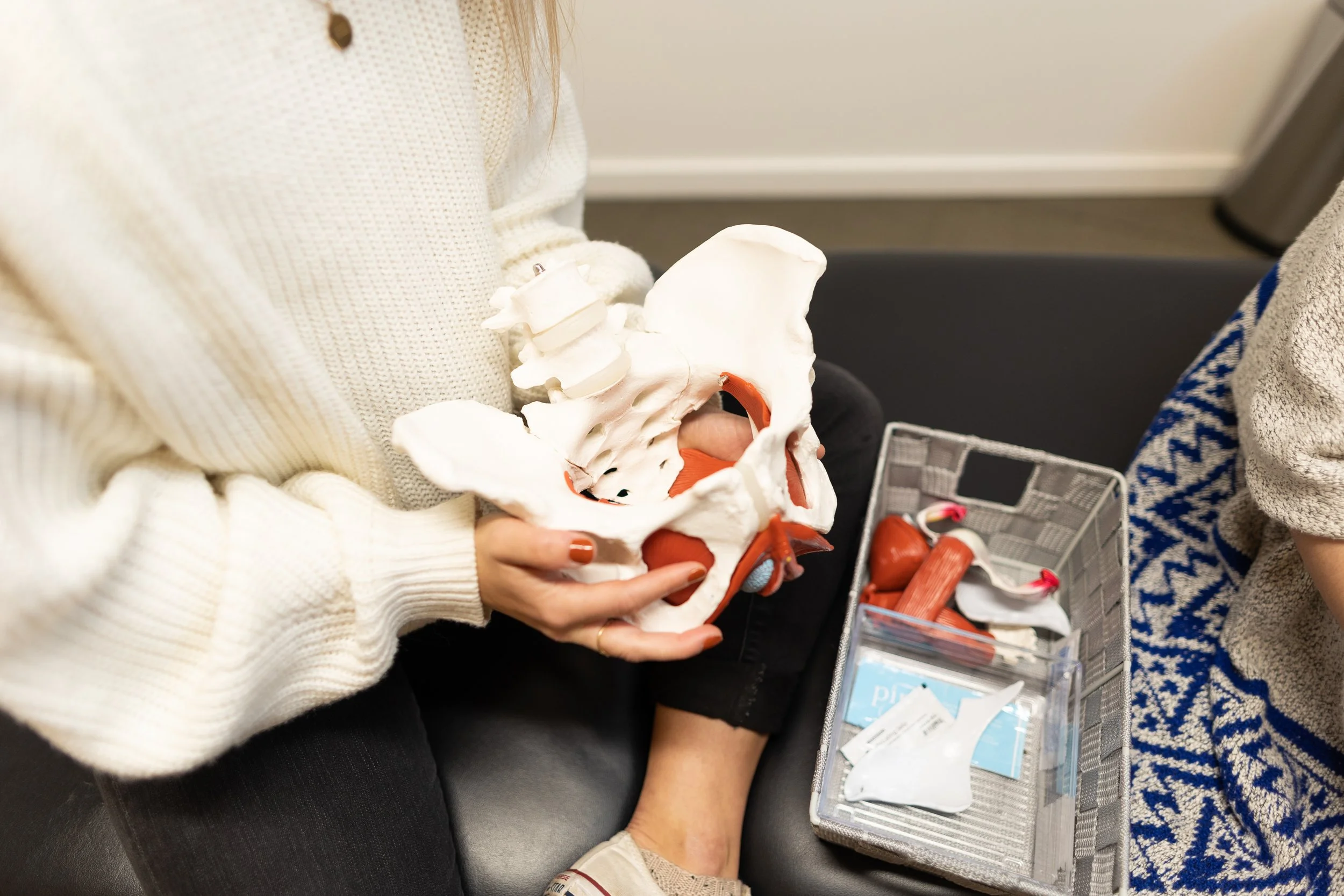Endometriosis: Can Physiotherapy Help?
What is endometriosis, and how do I know if I have it?
Endometriosis is a condition that affects the uterus; a wonderful pelvic organ that houses a growing baby. Endometriosis is a condition where the tissue that lines the inside of the uterus also grows outside of the uterus. It affects at least 1 in 10 women, which equals 1 million Canadians and 176 million people worldwide.
What are the symptoms of endometriosis?
Pelvic pain
Pain while menstruating
Pain with intercourse, especially with deeper penetration
Bladder pain/urgency/frequency
Pain with bowel movements
Fatigue
Depression/anxiety
IBS/digestive issues
Fertility challenges
What does treatment look like for endometriosis?
Your treatment journey with endometriosis can include pelvic floor physiotherapy, pain management strategies and occasionally surgery. It’s important to know that surgery is not typically necessary for everyone with endometriosis, and conservative management (aka physio) can often do the trick. However, for those that do end up getting surgical treatment, physiotherapy is great to both prepare you for the procedure as well as to assist you with post-operative recovery.
Note also that endometriosis can cause pain felt in your pelvic organs, low back and hips. Our body’s pain system is impressively complex, and it’s important to remember that other elements in life can contribute to persisting pain, even after surgery.
Depression, worry, lacking sleep, sedentary behaviour and much more all interact and play a role in your pain experience and recovery process. Pain post-surgery, when it happens, is discouraging; but there’s cause for hope. We know that even when surgery hasn’t been completely curative, pelvic health physiotherapy can improve pain symptoms and function.
Pelvic health physiotherapy can help manage your symptoms by:
Optimizing your pelvic floor muscle function, especially by relaxing your pelvic floor muscles because they’re often habitually tensed up due to pain.
Providing strategies to improve toileting habits and to make intercourse as pain free as possible.
Helping to manage other pelvic floor dysfunction, such as incontinence.
Introducing different ways to manage your endometriosis pain, such as mindfulness, meditation, exercise, and yoga.
Increasing mobility through your hips and low back.
Providing post-surgical care to help you return to your normal activities and manage post-surgical pain.
It sounds like I could have endometriosis. Now what?
Putting together a health care team to support you is a great place to start. Having an initial appointment with a primary health care professional, such as a family doctor or nurse practitioner, and a pelvic health physiotherapist will get you going on the road to recovery.
The gold standard for diagnosis is a laparoscopy (surgery); however, with your complete medical history, a detailed list of your symptoms, and a pelvic ultrasound in hand, a healthcare professional can gain insight into what is going on and how to move forward. Keep in mind that receiving an official diagnosis can be a long process, an average of 5-6 years, so don’t hesitate to get started with physiotherapy before you have a diagnosis or referral. We can help with managing symptoms, regardless of what is happening internally.
Managing endometriosis can feel daunting and scary, but you don’t have to navigate it alone. Pelvic health physiotherapists are well positioned and equipped to address the pain and symptoms associated with endometriosis, and they will be an essential part of your care team.






















